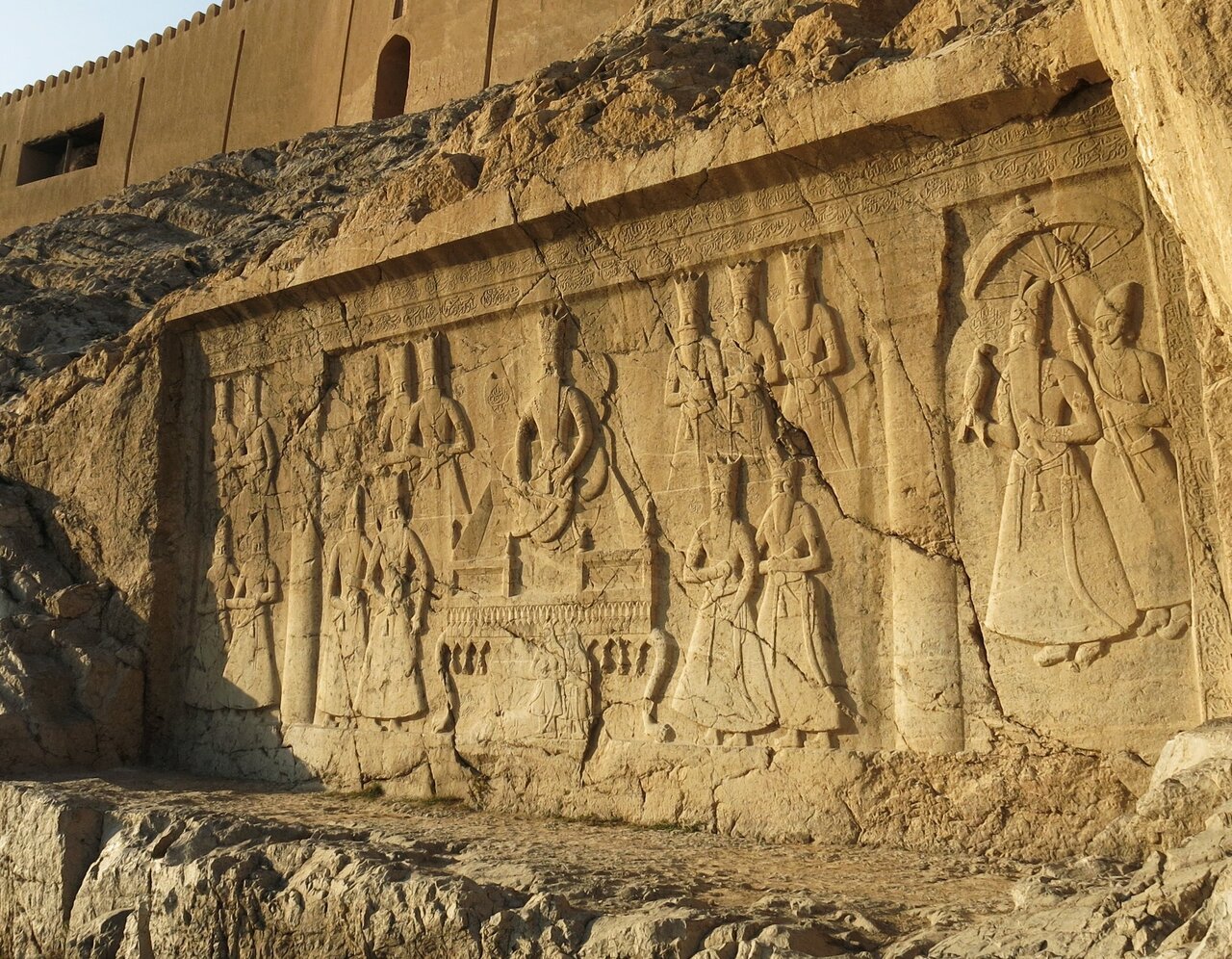New funds to help protect Rey’s cultural heritage

TEHRAN - The ancient city of Rey, which is now part of the Iranian capital, has received a boost in funding aimed at preserving its cultural and historical landmarks.
In a recent interview with ISNA, the director of Rey’s national heritage site highlighted that one of the major challenges over the past year has been the protection of the magnificent cultural and civilizational heritage of the region.
“Fortunately, with these new funds, some steps can be taken to strengthen the protection of Rey’s cultural heritage and to improve the conditions to some extent,” said Qadir Afround.
These funds, he underscored, include a portion in cash, and a significant amount in treasury bills.
Moreover, Afround brought to light that supplementary funding by the council and Tehran municipality will be used to equip and meet the essential needs of the historical sites.
The historic city of Rey is home to landmarks such as Cheshmeh Ali, Toghrol Tower, Rashkan Castle, Harun Prison, and the Sassanid Fire Temple, some of which require urgent protection, restoration, and archaeological excavations.
Shahr-e Ray or simply Ray, is a county seat in Tehran province. Formerly a distinct city, it has now been absorbed into the metropolitan area of Greater Tehran as the 20th district of municipal Tehran.
According to Encyclopedia Britannica, Rey was one of the capital cities of the Parthian empire (3rd century BC–3rd century CE). It was captured by the Muslim Arabs in 641 CE. During the reign of the Muslim caliph al-Mahdi in the 8th century, the city grew in importance until it was rivaled in Western Asia only by Damascus and Baghdad.
Islamic writers described it as a city of extraordinary beauty, built largely of fired brick and brilliantly ornamented with blue faience (glazed earthenware). It continued to be an important city and was briefly a capital under the rule of the Seljuks, but in the 12th century, it was weakened by the fierce quarrels of rival religious sects.
In 1220, the city was almost destroyed by the Mongols, and its inhabitants were massacred. Most of the survivors of the massacre moved to nearby Tehran, and the deserted remnants of Rey soon fell into complete ruin.
Rey, however, retains enough history to give it a different sensibility. Its key sight is the elaborately decorated Shah Abdol Azim Shrine. Beside the shrine complex is a lively bazaar, while further afield are a couple of historical attractions.
XF/AM
